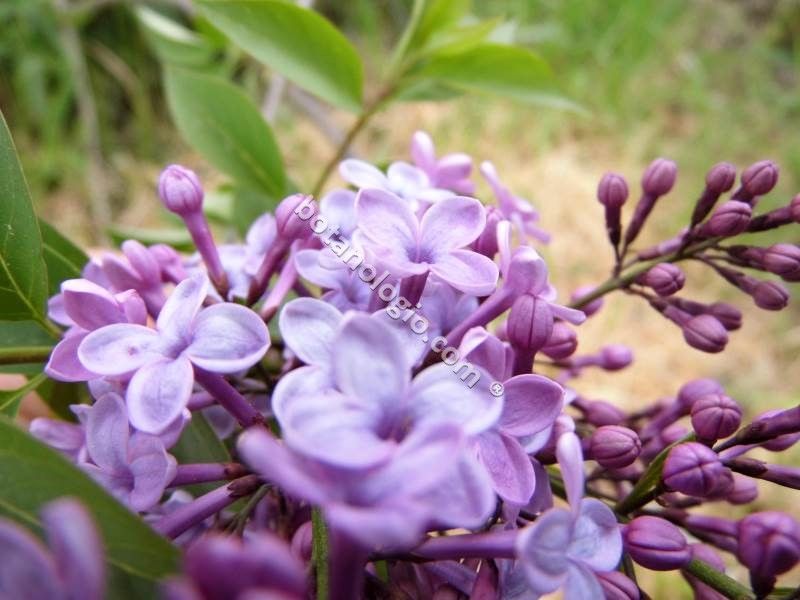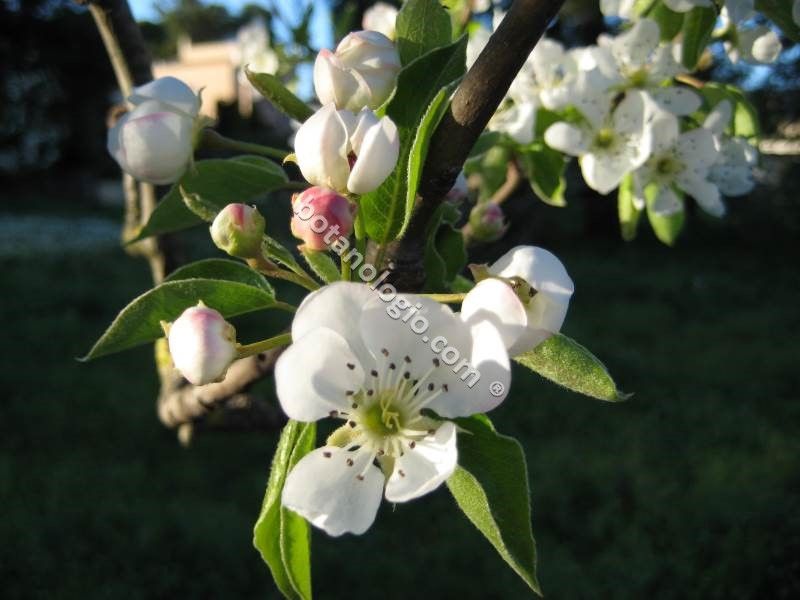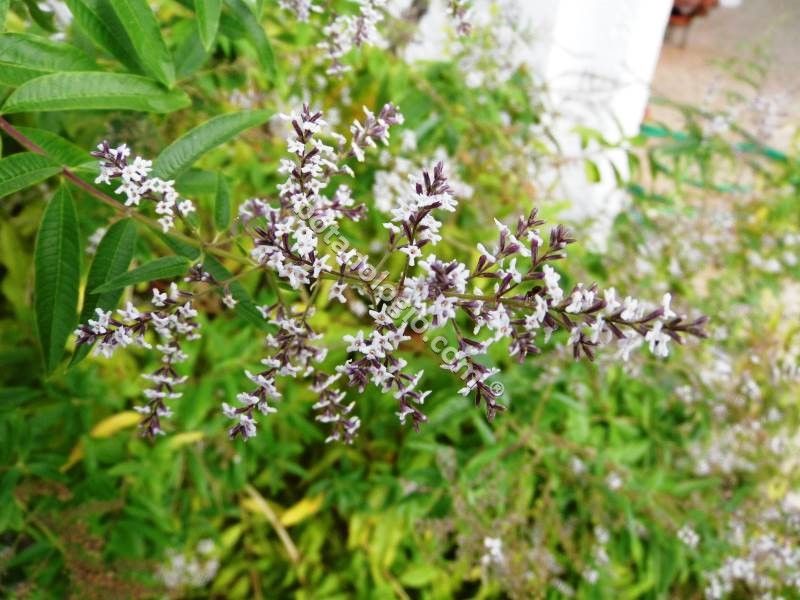Tribute to the olive – part 1st story, varieties, nutritional value

Although olives are not herbs, they are a very popular fruit both for their wonderful taste and nutritional value, as well as for the precious oil extracted from their squeezing. Since it is the season when the last olive picking takes place for this year, we decided to write a total tribute to the olives, from the collection and care of the tree, to the preparation of homemade olives and its nutritional value!
The olive tree in antiquity
The olive tree has been cultivated for more than 6,000 years, with important references to the history of ancient Greece and a presence from the Minoan civilization. The importance of olive oil in antiquity was also particularly great, as the oil in addition to its daily use in food, was used in other applications, such as tannery, textiles, lighting, perfumery, baths, skin care and of hair, in medicine, but also in worship ceremonies. Hippocrates used it for many healings, while Homer described it as the gold of the earth. From the 8th century BC olive was already cultivated in many parts of Greece.
The olive tree was worshiped as a symbol of bravery and supremacy. The Olympic wreaths were made from olive branches. In ancient Athens, in fact, they attributed divine origin to the olive tree. The myth is of great interest as based on it, Athens took its name from the goddess Athena, when in her fight with Poseidon for the name and protection of the city, with judges of the other Olympian gods and witness the then king of Athens Kekropa, won. The reason is simple, as Poseidon offered salt water in return on the hill of the Acropolis, while the goddess Athena planted an olive tree which was considered much more beneficial.
Olive varieties
There are hundreds of varieties of olives, each of which meets the climatic and soil needs of each region, as well as they are divided into olives ideal for oil production or for the preparation of delicious olives for eating.
Among them the most famous and the most common are Ladolia, Manaki, Koroneiki and Athenolia. During ripening all the fruits of the olives change color from green to violet and finally to black.
The taste characteristics of olive oil depend mainly on the stage of ripening of the olive based on its color. Olive oil from green and violet olives contains a large amount of aromatic ingredients with a strong fruity taste.
On the contrary, as the olive fruit ripens, the amount of aromatic ingredients decreases. Olive oil derived from violet and black olives has a milder taste and aroma.
The most famous and favorite olive varieties in Greece are:
The Kalamon olive, with an ideal harvest season December to January as the fruit is fully ripe. The Kalamon olive tree has a fairly large fruit with great resistance to all temperatures, while it is known worldwide for its edible fruit.
The Koroneiki, also famous olive tree with small size olives and ripening from October to December. It withstands low temperatures and has minimal care requirements, while giving excellent oil quality. It gives maximum performance in hot climates, and altitude no higher than 500 meters.
Athenolia, with slow ripening and harvesting like the Kalamon olive, has a medium size with oil of exceptional quality and low acidity.
The Ladolia, with fruit that ripens from October to November, has a small dimension but very good yield of olive oil with low acidity.
The Amfissi olive has a large fruit, with a ripening period depending on the region. It is quite durable olive which does not give the best quality in olive oil but very tasty olives and olive pate.
Halkidiki olive, like Amfissi, gives very good olives and olive pate, with the difference that the color of the fruit never turns black and remains green when ripe. It ripens between November and December. It is the olive that we often find stuffed with peppers.
The Manaki variety matures slowly with harvest from January to February. It withstands high altitudes, with a medium-sized oval fruit and yield that does not decrease at high altitudes as in other varieties.
Olive nutritional value
Olive is the main reason that the Mediterranean diet is considered one of the healthiest in the world, as studies so far show that the Mediterranean diet prevents disease and contributes to longevity.
The nutritional value of olives is excellent. Of course it also has a lot of fat, saturated, polyunsaturated and monounsaturated. 100 grams of olives contain 116 (black) – 145 (green) calories, proteins, carbohydrates and fiber. From minerals and trace elements, contain calcium, iron, magnesium, potassium, sodium, zinc and copper. From water-soluble and fat-soluble vitamins, they contain vitamin C, a lot of vitamin A, a lot of vitamin E, vitamins B6, B12, B9 and B3 and vitamin K. There are differences from black olive to green olive in percentages of daily intake, but they contain the same ingredients.
Read in part 2 for all the healing properties of the olive, the cultivation, the harvest and the creation of olive oil and olives in brine!
herb, herbs, olives, olives history, olives mythology, olives nutritional value, olives varieties





